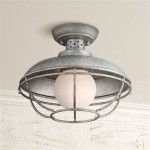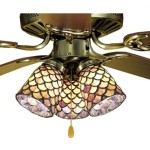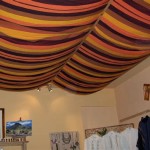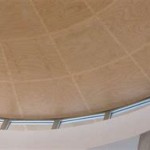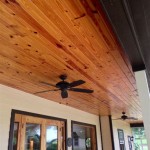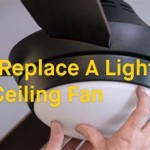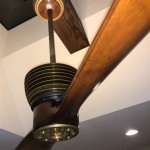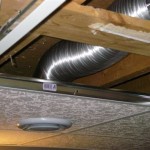LED ceiling fixtures provide a modern and efficient lighting solution for any room in your home. They are energy-efficient, long-lasting, and are available in a variety of styles and colors to fit your needs. Whether you’re looking for a bright, white light for a task area or a softer, more subtle glow for a living room, LED ceiling fixtures have you covered.
Benefits of LED Ceiling Fixtures
LED ceiling fixtures offer a variety of benefits over traditional lighting solutions. They use less energy than traditional lighting, so they can save you money on your electricity bill. They also last much longer than other lights, so you won’t have to replace them as often. Additionally, they don’t generate as much heat as incandescent or halogen lights, so they can help keep your home cooler in the summer months.
Types of LED Ceiling Fixtures
LED ceiling fixtures come in a variety of styles and colors, so you can find the perfect match for your home. Some of the most popular types of LED ceiling fixtures include:
- Flush mount fixtures – These are perfect for low-ceilinged rooms, as they provide bright illumination without taking up too much space.
- Recessed fixtures – These are installed within the ceiling, giving off a more diffused light.
- Track lighting – Perfect for task areas, track lighting allows you to direct illumination where it’s needed.
- Pendant lights – Hanging from the ceiling, pendant lights are perfect for adding a touch of style and ambiance to any room.
Choosing the Right LED Ceiling Fixture
When choosing the right LED ceiling fixture for your home, there are a few things you’ll want to consider. The size, shape, and color of the fixture should all match the style of your room. You’ll also want to consider the wattage of the fixture, as this will determine how much light it produces. Additionally, you’ll want to make sure the fixture is rated for use in damp locations, if needed.
Installing Your LED Ceiling Fixture
Installing an LED ceiling fixture is relatively simple and can be done by most homeowners with just a few basic tools. First, you’ll need to turn off the power to the light switch and make sure the fixture is properly grounded. Then, you’ll need to attach the mounting plate to the wall, followed by the fixture itself. Finally, you’ll need to connect the wires and turn the power back on to test the fixture.
Conclusion
LED ceiling fixtures are an efficient and stylish way to light up any room in your home. They use less energy than traditional lighting, last longer, and come in a variety of styles and colors. When choosing and installing your LED ceiling fixture, make sure to consider the size, shape, color, wattage, and damp location rating of the fixture to ensure the best possible result.















Related Posts

